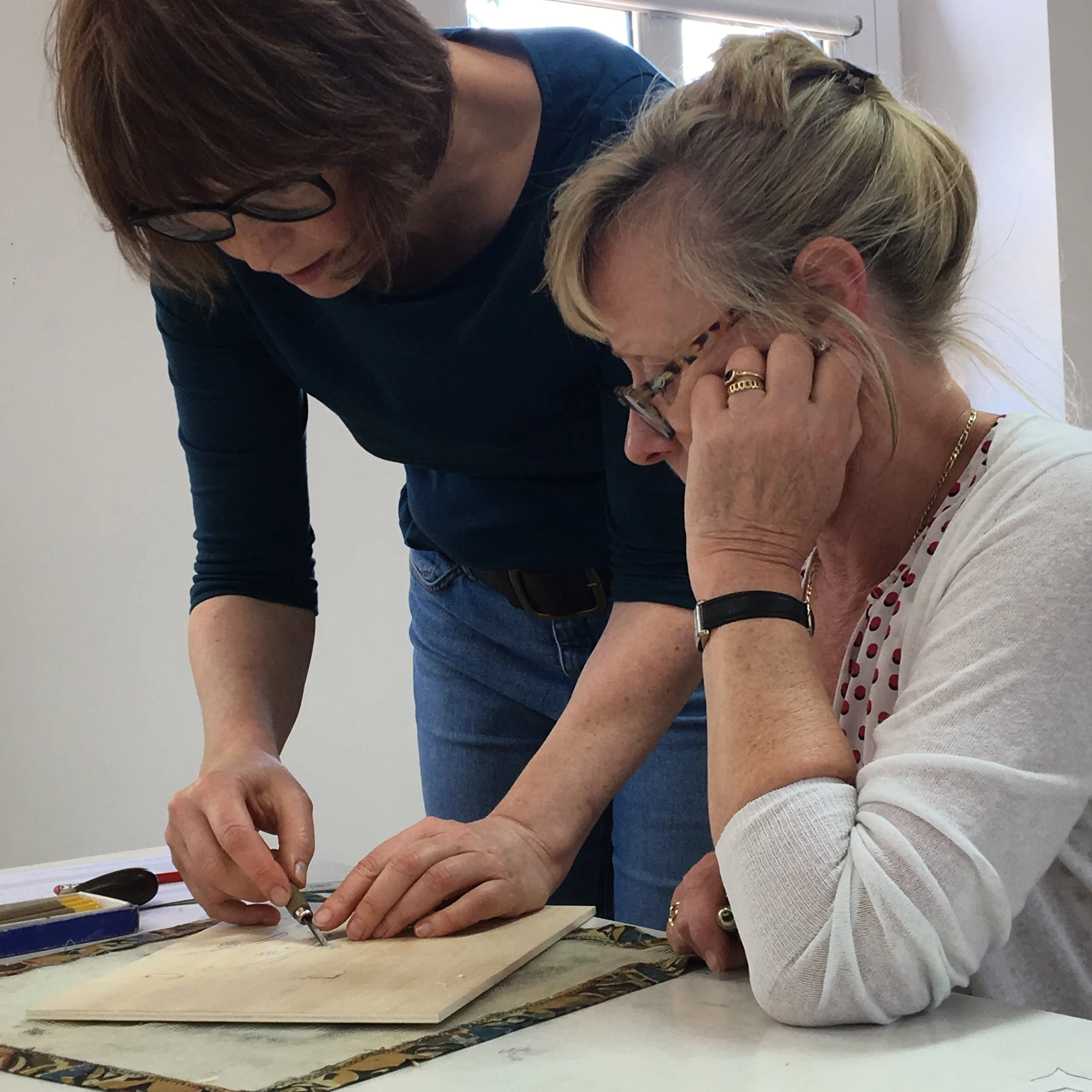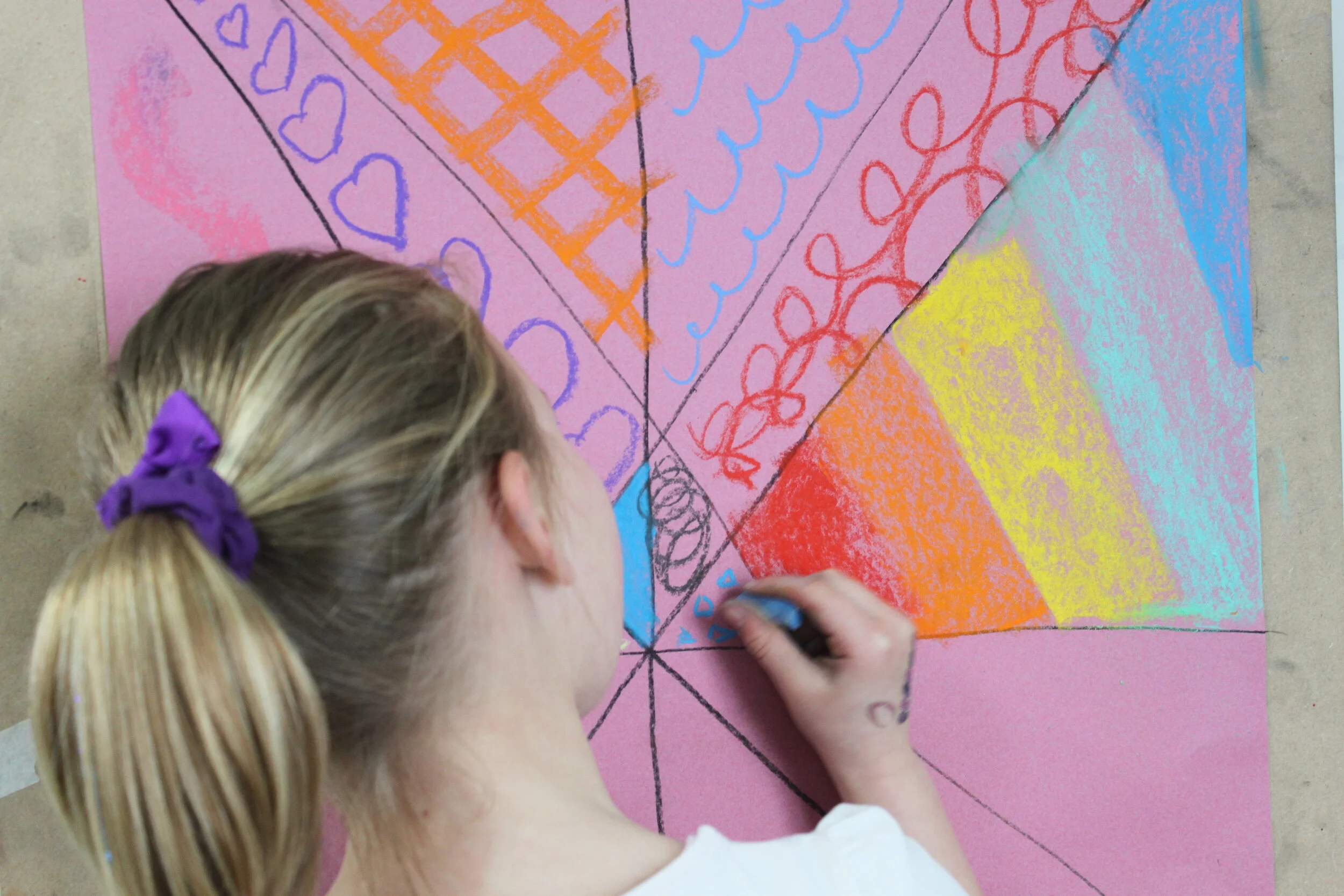Delivering the perfect Art Class
Episode 43: Delivering the perfect Art Class
Part of the lives of many artists is the business of teaching. For some it is a financial necessity and for others it is an emotional or moral imperative. Whatever the reasons you have for teaching it does need to be taken seriously, you have an obligation to your students and doing it well can be massively rewarding.
Both Laura and Peter teach and both of them have years of positive experiences, hundreds of students who have had a great time and have gone away with a better understanding of the subject. Isn't that something to feel warm and fuzzy about!
As artists, we are all teaching on some level when we tell others about our work and our methods, but you may want to go a step further and become an art tutor. In this episode Laura and Peter, both experienced art teachers, discuss the ‘learning for leisure’ sector, how to work within it and many of the tricks of the trade for successful and enjoyable teaching.
The Useful Stuff
1. Success in the leisure learning sector lies in delivering learning as an enjoyable experience in itself. Aim for students to broaden their skills, to leave with a tangible result and, above all, to enjoy a memorable and positive time learning with you.
2. Know your stuff. The buck stops with the teacher and every class will throw up new questions. A teacher skilled and secure in their subject knowledge can trouble shoot calmly, keep the confidence of the class and the flow of the lesson. It’s fine to be nervous at first, but without serious knowledge as back up, you’ll struggle. That said, you’ll always be asked the odd question you can’t answer; just be honest and find the answer!
3. Plan, plan, plan. The better you prepare your class materials and tools, your teaching aids and work examples, the better the class will flow. Neatly laid out kit and a well-planned agenda will inspire confidence and set the tone for your students, allowing the lesson to flow logically with everyone able to concentrate on their work. Faffing and confusion will annoy students. Teaching itself can be more fluid and adaptable: have a timetable to keep the class on track, but be flexible in your approach.
4. Never make any student feel foolish. Good teaching is no ego trip; it’s about using your skills to coax the best from every student. If your student doesn’t understand, it is your job explain another way. People absorb knowledge in many different ways and in small doses. Plenty of visual aids and examples are helpful as are demonstrations and one to one advice. Keep an eye on everyone and be firm about dividing your time fairly between students.
5. Manage expectations: be crystal clear, verbally and in writing, about what you are teaching and what the student will achieve, all costs, start, finish and break times etc. at the start of every class. People are fine if they are told the rules up front. It’s ambiguity and dithering that angers students. Be clear and firm while you are teaching too; do it with a joke and a smile, but keep the class on track and moving in the same direction.
6. Be discreet with your constructive criticism and open with your praise. Use your student’s work as a positive example for the group whenever you can. Answer individual questions to the whole group and be energetic and positive about sharing the artistic energy the group brings to the class. Be friendly but firm with students over time management; be clear in your goals and communication and keep the class flowing. You will always get an occasional student who won’t cooperate; give them their fair share of your time and attention and then move on – you are a teacher, not their parent!
The Takeaway
Ideally teaching should be combination of excellent subject knowledge, careful planning and a genuine desire to use your skills to understand how to help each student reach their individual goals.
This Podcast is sponsored by Michael Harding Colours. For more information about Michael’s colour range or to find a retailer near you, please visit www.michaelharding.co.uk






